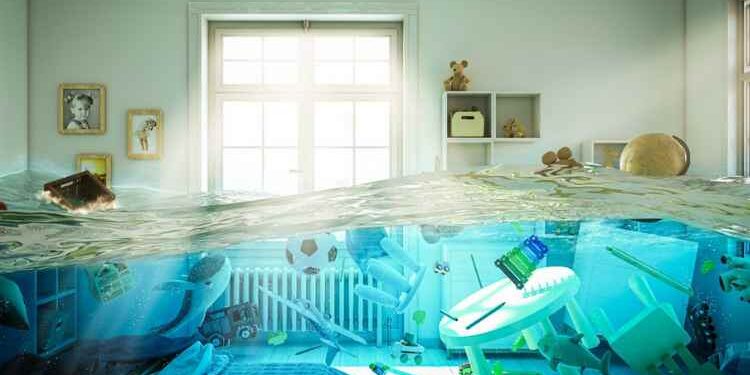Rain is always considered a blessing, but only when it lasts a day or two. However, torrential rains that go on for days become a risk, as it’s expected that flooding will follow. Just because you haven’t experienced flooding in the past doesn’t mean you’re exempted from such. No one can predict when nature will wreak havoc, so it’s best to prepared with insights on what to do before, during, and after the flood.
Reentering a flooded home isn’t as simple as rushing inside when the rain and flooding subside. You can never guess what danger awaits and the damage’s extent. Sewage, mold, and other harmful substances that may pose a threat to your health can contaminate your home after the flood.
Take extra care and caution by reading through this article and proceeding below with the steps discussed.
- Wait Until Its Safe To Return
Right after the flood, it’s natural to have that itch to reenter your home right away, especially when you’re eager to get all the cleaning done. Deep cleaning must be done, and you’ll want to move past this phase as soon as possible to return to your usual routine.
Despite that, do remember that it’s important to wait until it’s safe to return. Don’t let the eagerness hamper your judgment, where you force yourself in your home, even though it may not be the safest time just yet.
With that said, here are pointers to help you decide whether or not it’s safe to return:
- Monitor your local weather announcements. The news will often announce when it’s safe for homeowners to return to their flooded homes. This means there’s no risk of further flooding anymore.
- Do not visit if rescue and emergency operations are still going on, as the presence of more people may only hamper a smooth response.
The general rule is that if your home or area still looks too dangerous for anyone to go inside, wait a while.
- Call A Water Damage Specialist
Once it’s now safe to reenter your home, cleaning, and restoration efforts can now commence. If the damage and affected area are relatively small and manageable, this is a job you can easily do by yourself or with the help of your family. Bigger areas, however, call for experts, and that’s when it pays to call a water damage specialist.
As its name suggests, a water damage specialist refers to a company of tradesmen that focuses on managing water damage. They have skills, expertise, and equipment that you don’t, so you can count on them to restore your floors, walls, ceiling, and entire home to its pre-flooded state.
- Keep Children Away For Now
Families with young children must take extra care when reentering their flooded homes. If possible, keep the children away, especially when there’s still standing water. It’s hard to focus on cleaning up with kids around the dangerous state that your home is in at the moment.
- Turn Off The Electricity
Before the storm worsened and you had to leave your home, you should’ve already switched off all the electrical power supplies. However, if you haven’t, turn these off as soon as you reenter your home, but only if you can without stepping on water.
Take note of the basic rule to never touch any electrical sockets, outlets, and plug if your body is wet. Otherwise, the risk of electrocution is so high that it could be fatal. For this reason, stay out of your home if the electrical supply is still on and the water hasn’t subsided.
- Wear Protective Gear
Wearing protective gear is your layer of protection against damaging and harmful substances around your home brought about by floods. Always wear personal protective equipment like a suit, a well-ventilated mask, and eye protection goggles without holes.
Moreover, don’t touch anything with your bare hands. Wear plastic or rubber gloves to protect from mold and sewage. Rubber boots can also keep your feet dry and protect against water-borne diseases like leptospirosis. Those with respiratory problems and other health issues may want to consult their doctor first for additional health and safety tips before returning to their homes.
The Bottomline
Undoubtedly, a flood is one of the most damaging situations a homeowner could experience. The damage is simply unpredictable. You never know what you’ll face as soon as you reenter your home. No matter the cause of the flood and its extent, it’s prudent to know what you can and can’t do when reentering your home. Safety comes first, above anything else. Most importantly, you don’t have to go through this alone. Some experts can help restore your home to its former glory, so give them a ring if available.
